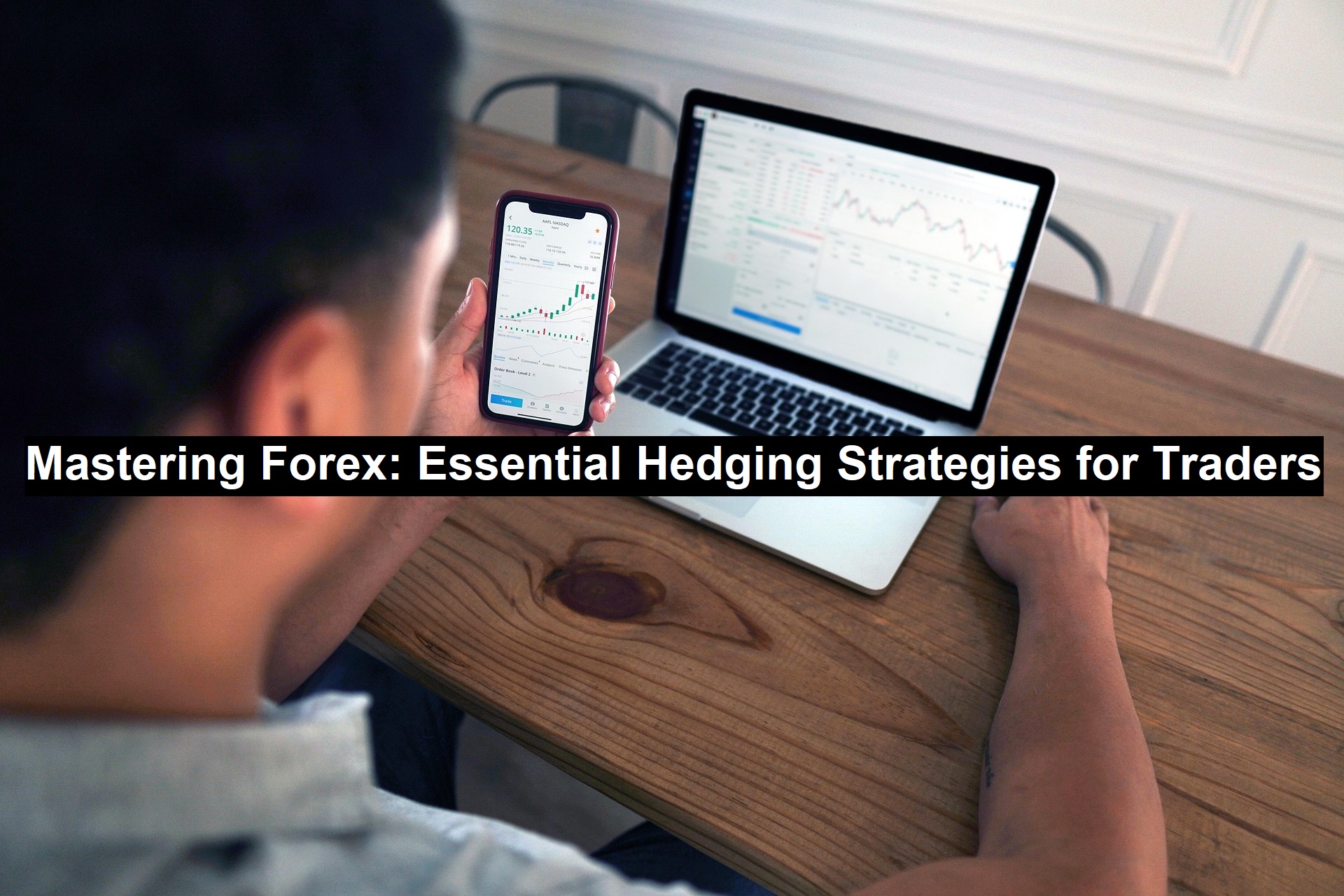
In the world of Forex trading, managing risk is as crucial as identifying profitable opportunities. For traders seeking to protect themselves from market volatility, hedging provides a strategic way to reduce potential losses and safeguard profits. In this article, we’ll explore the essential hedging strategies every Forex trader should know to improve their risk management and enhance their trading performance.
Understanding Forex Hedging
Hedging is the practice of opening a position to offset potential losses from another trade. In Forex, this means taking positions in opposing currency pairs or using financial instruments that can buffer the impact of adverse price movements. The core purpose of hedging is not necessarily to make a profit, but rather to protect your capital from large losses during volatile market conditions.
In the Forex market, currencies are traded in pairs. If a trader expects the price of one currency to rise against another, they’ll take a long position. However, if there’s uncertainty about the market’s direction, the trader may hedge by taking a position that could profit if the market moves in the opposite direction. This minimizes the risk exposure from unforeseen events like economic data releases, geopolitical events, or natural disasters that might cause unexpected price swings.
Hedging works by opening positions that balance out potential losses from one trade with gains from another. For example, a trader could buy a currency pair while simultaneously selling the same pair to lock in their position, or use options and futures contracts to hedge their exposure.
Forex traders hedge for several key reasons:
- Risk Protection: Hedging can help reduce the risk of a large financial loss from adverse price movements.
- Profit Lock-in: Traders can lock in profits by using hedging techniques to protect their winning positions.
- Market Uncertainty: During uncertain market conditions or ahead of major economic announcements, traders hedge to reduce exposure to unpredictable moves in the market.
Read: Why You Proxy is a Must-Have for Secure and Flexible Online Access
Popular Hedging Strategies in Forex
Here are some of the most common and effective hedging strategies in Forex:
Direct Hedging
Direct hedging involves taking two opposing positions on the same currency pair, such as buying and selling EUR/USD simultaneously. While this locks in the position, it can be costly due to paying spreads on both trades, and no profit is made unless one position is closed.
Currency Correlation Hedging
This strategy uses currency pairs with strong correlations to hedge risk. For example, EUR/USD and USD/CHF often have a negative correlation, so a trader can hedge by trading these pairs instead of taking direct opposite positions.
Options Hedging
In options hedging, traders use Forex options (puts and calls) to protect against adverse market movements. For instance, buying a put option can shield a long position from downside risk, while a call option can protect a short position.
Multi-currency Hedging
Multi-currency hedging involves diversifying risk by trading multiple currency pairs that are less correlated. This strategy reduces the impact of a single asset’s movement by balancing exposure across different markets.
Advanced Hedging Techniques
While the strategies above are effective for many traders, more advanced techniques can help seasoned Forex traders manage risk even more precisely.
Cross-Currency Hedging
Cross-currency hedging involves taking positions in two different currency pairs that do not involve the U.S. dollar but are influenced by similar market factors. For instance, a trader might hedge USD exposure by trading pairs like EUR/GBP or EUR/JPY, both of which can be impacted by movements in the Eurozone economy.
Synthetic Hedging
Synthetic hedging involves using a combination of financial instruments, such as options, futures, and spot trades, to create a synthetic position that mimics the effect of a direct hedge. This method allows traders to manage complex risk scenarios where direct hedging may not be as effective.
Dynamic Hedging
Dynamic hedging is an active form of risk management where a trader continuously adjusts their hedge based on market conditions. This method requires constant monitoring and the ability to react quickly to changing market conditions. Dynamic hedging can help traders maintain their risk management strategy throughout periods of high volatility.
When to Use Hedging
Hedging isn’t necessary for every trade, but knowing when to use it can make all the difference between protecting your capital and enduring significant losses.
Market Conditions
Hedging is most beneficial during periods of high market volatility. Events such as economic data releases, geopolitical tensions, or natural disasters can cause sudden and unpredictable price movements. Hedging during these times ensures that your positions are protected from unexpected swings in the market.
Risk Tolerance
Every trader has a different level of risk tolerance. While aggressive traders might prefer to ride out market fluctuations, conservative traders will use hedging to limit exposure to high-risk moves. Understanding your risk profile will help you determine when to implement hedging strategies.
Trading Styles
Different trading styles, such as scalping, day trading, or swing trading, can influence the types of hedging strategies you use. Short-term traders might prefer direct or options hedging to quickly lock in profits, while long-term traders might focus on multi-currency or cross-currency hedging to manage broader market risks.
Conclusion
Hedging is a valuable tool for managing risk in Forex trading. By understanding and applying different hedging strategies, traders can protect their capital, lock in profits, and maintain greater control over their trades. Whether you’re a beginner or an experienced trader, mastering hedging techniques will enhance your ability to navigate the unpredictable Forex market.
To discover more about how hedging can optimize your trading strategy, be sure to explore advanced tools and resources available to Forex traders.
